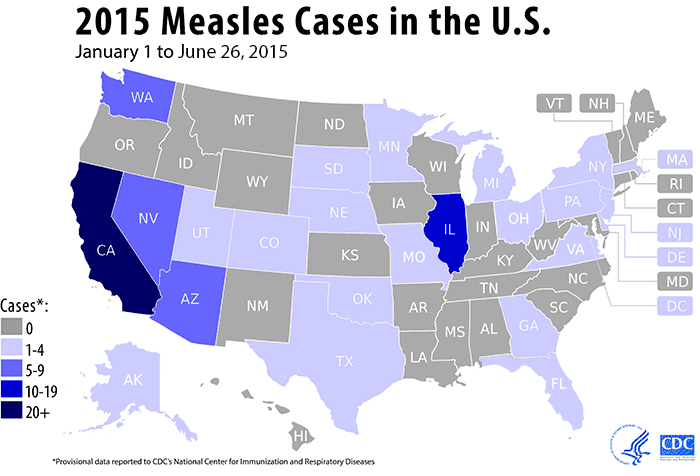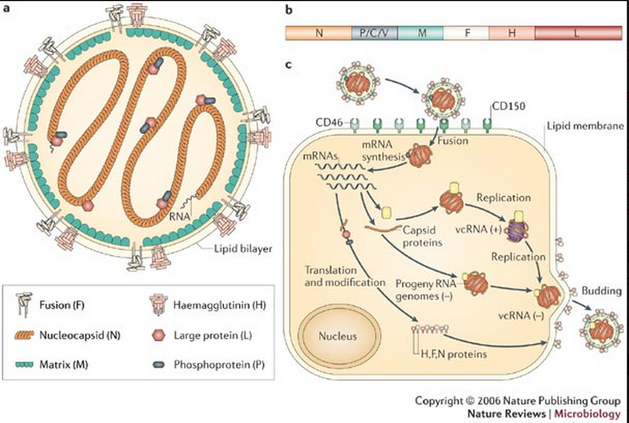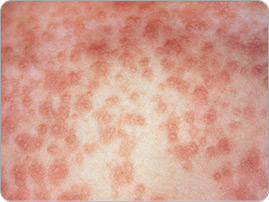From January 1 to August 1, 2015, nearly 180 people in 24 states and the District of Columbia were reported to have contracted measles, according to the Centers for Disease Control and Prevention. Most of these cases (117 cases [69%]) were part of a large multi-state outbreak linked to an amusement park in California, though half of U.S. states saw cases. (See Table.)
Figure 1. Distribution of measles cases in the United States.

The U.S. experienced a record number of measles cases during 2014, with 668 cases from 27 states reported to CDC's National Center for Immunization and Respiratory Diseases (NCIRD). This is the greatest number of cases since measles elimination was documented in the U.S. in 2000.
The CDC has said the virus strain involved in the Disneyland outbreak is the same one that caused a large outbreak in the Philippines in 2014, but the same type has been identified in the past 6 months in 14 other countries and at least 6 U.S. states not linked to the current outbreak, according to a report from the University of Minnesota.
Figure 2. Measles life cycle.

| 1. Alaska | 14. Nebraska |
| 2. Arizona | 15. New Jersey |
| 3. California | 16. New York |
| 4. Colorado | 17. Nevada |
| 5. Washington, DC | 18. Ohio |
| 6. Delaware | 19. Oklahoma |
| 7. Florida | 20. Pennsylvania |
| 8. Georgia | 21. South Dakota |
| 9. Illinois | 22. Texas |
| 10. Massachusetts | 23. Utah |
| 11. Michigan | 24. Virginia |
| 12. Minnesota | 25. Washington |
| 13 Missouri |
|
| Table. U.S. states reporting measles cases in 2015. | |

- We must vaccinate all U.S. children against measles.
- The path to international eradication of measles includes vaccination of every child.
- If the international medical community cannot achieve No. 1 and No. 2 above, measles will perpetually haunt the world’s children.

